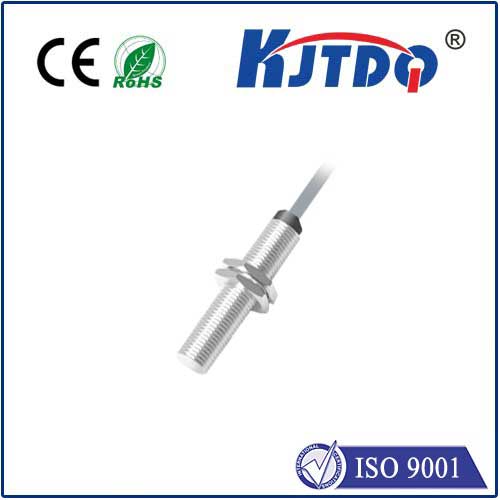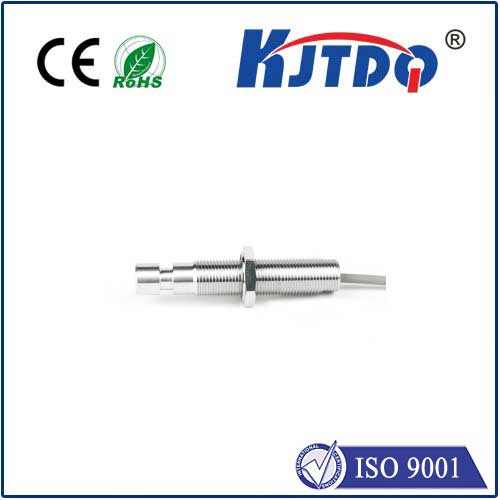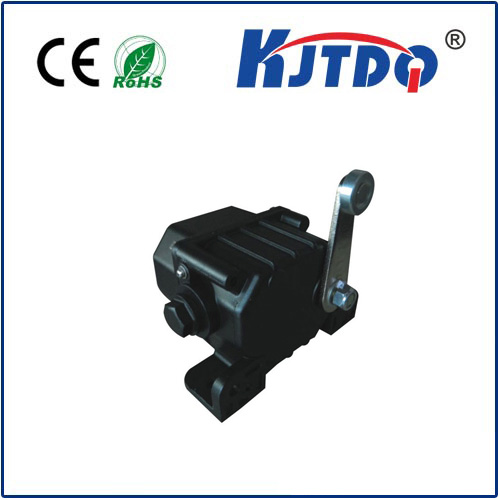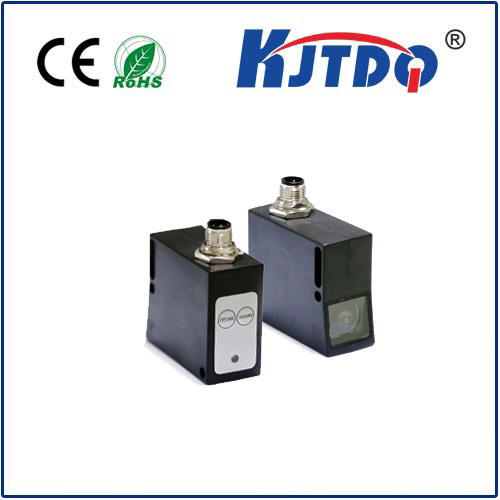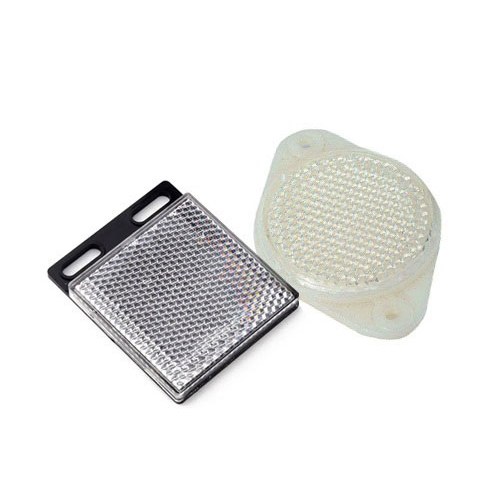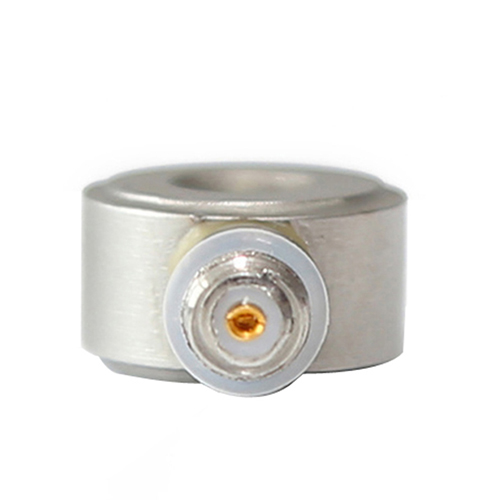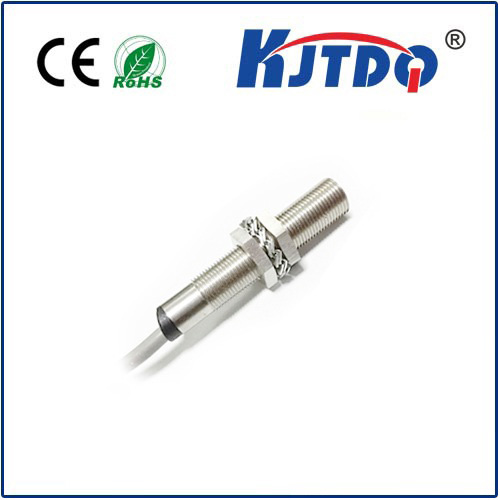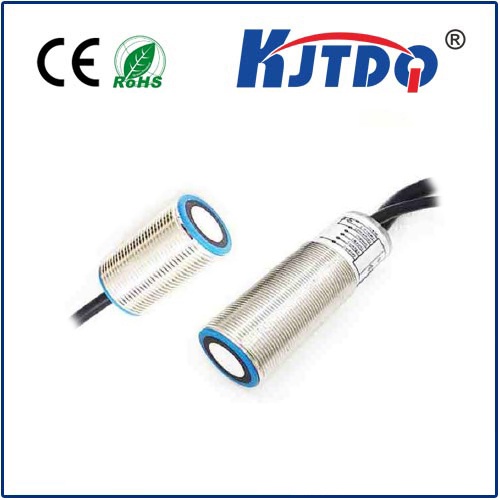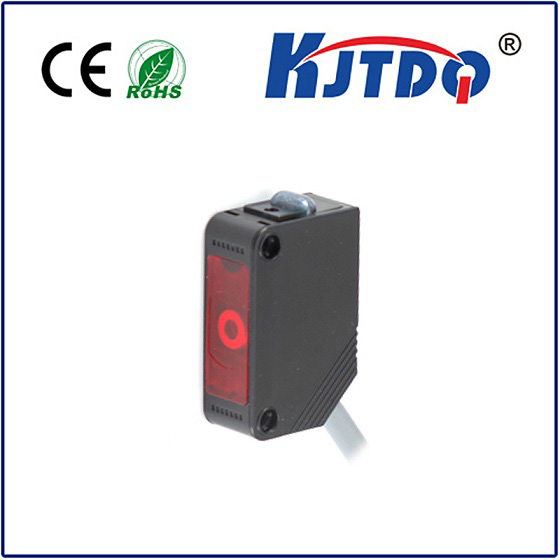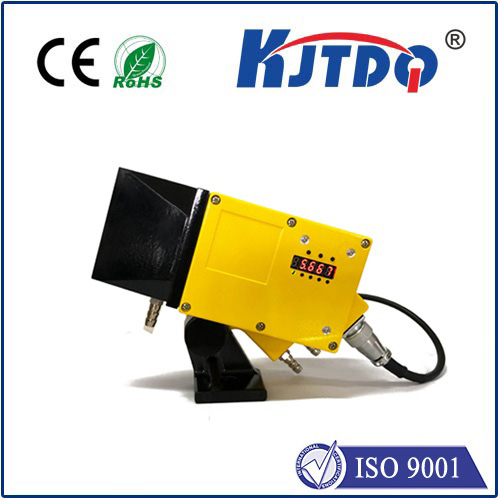Датчик SN04n
- time:2025-07-17 08:35:58
- Нажмите:0
Sensor SN04-N: Your Essential Guide to Reliable Proximity Sensing
Imagine a critical machine grinding to a halt, production lines stalled, all because a tiny device failed to detect a component’s presence. Preventing such costly disruptions is precisely where robust sensors like the SN04-N proximity sensor shine. This unassuming piece of industrial technology is a cornerstone of automation, offering dependable, non-contact detection essential for countless applications. Understanding its capabilities, functionality, and optimal use is key to maximizing efficiency and minimizing downtime.
The SN04-N belongs to the broad family of inductive proximity sensors. Its core function is remarkably straightforward yet vital: detect the presence or absence of metallic objects without any physical contact. This “non-contact” feature is a significant advantage, eliminating mechanical wear and tear, ensuring longevity, and allowing for high-speed operation. The “N” in its designation typically signifies an NPN output configuration, a crucial detail for proper integration into control systems, which we’ll explore later.
So, how does this little marvel work? Inside the SN04-N sensor, a coil generates a high-frequency electromagnetic field. When a ferrous metal object (like steel or iron) enters this field, it induces small eddy currents on the object’s surface. These eddy currents absorb energy from the coil, causing a measurable change in the oscillation amplitude within the sensor. Sophisticated internal circuitry detects this change and triggers a switching action at the sensor’s output.
Key Advantages of the Inductive SN04-N
- Robustness & Longevity: Sealed against dust, moisture (typically rated IP67), and resistant to vibration and harsh industrial environments, the SN04-N sensor offers outstanding reliability. Its non-contact nature means no moving parts to wear out.
- High-Speed Operation: Capable of detecting objects at incredibly high speeds – often in the kHz range. This makes it ideal for counting fast-moving parts on conveyor belts or monitoring rotational speeds.
- Simple Integration: Designed with industrial control systems in mind. Its standard cylindrical form factor (often M12 or M18 threaded barrels) and straightforward wiring enable relatively easy installation and setup.
- Target Flexibility: While optimized for ferrous metals (iron, steel), many SN04-N variants can also detect non-ferrous metals (aluminum, brass, copper), though typically at a reduced sensing range. Always check the specific datasheet for confirmation.
- Cost-Effectiveness: Provides a dependable sensing solution at a competitive price point compared to more complex sensor types.
Understanding the Crucial “N” in SN04-N (NPN Output)
The NPN output configuration is fundamental to understanding how the SN04-N sensor interfaces with controllers like PLCs (Programmable Logic Controllers). In simple terms:
- NPN Sensors (Sinking Output): When the sensor detects a target (active state), its output line effectively connects the signal wire to the negative (0V / Ground) supply line. This “sinks” current into the sensor.
- It requires a positive voltage supply across the sensor (Brown wire typically to +VDC, Blue to 0V/GND) and the load (e.g., PLC input) is connected between the sensor’s output signal wire (Black) and the positive supply voltage (+VDC).
Ensuring compatibility between your SN04-N’s NPN output and your PLC’s input type is absolutely critical for proper operation. Attempting to connect an NPN sensor to a PLC input expecting a PNP sensor (sourcing output) will result in malfunction. Always verify the input specifications of your receiving device.
Typical Applications Leveraging the SN04-N Sensor
The reliability and simplicity of the SN04-N proximity sensor make it ubiquitous across industries:
- Object Detection: Confirming the presence/absence of metal parts on conveyors, in fixtures, or at assembly stations.
- Position Sensing: Verifying cylinder position in pneumatic or hydraulic systems, detecting end-of-travel for moving components.
- Counting: Accurately tallying metal products, bottles with metal caps, or components passing a point.
- Speed Monitoring: Measuring rotational speed of gears, shafts, or sprockets (often by detecting passing teeth or keyways).
- Machine Safety: Acting as part of safety interlocks to confirm guards are closed or components are in a safe position before machine start-up.
Optimizing SN04-N Sensor Performance
To get the most out of your SN04-N proximity sensor, consider these best practices:
- Know Your Sensing Range: The nominal sensing distance (Sn) is specified for a standard target (usually mild steel). Real-world range can be affected by target material, size, shape, and installation conditions. Always operate within 70-80% of the nominal range for reliable switching.
- Correct Target Material: Ensure the target is suitable (ferrous metal preferred). Non-ferrous metals reduce range significantly. Non-metallic objects won’t be detected.
- Avoid Metal Interference: Mounting the sensor near large metal structures or other sensors can interfere with its electromagnetic field, reducing performance or causing false triggers. Maintain recommended clearance distances.
- Secure Mounting: Ensure the sensor is firmly fixed without excessive vibration. Pay attention to flush-mounting vs. non-flush-mounting specifications.
- Proper Wiring: Double-check connections (Brown: +VDC, Blue: 0V/GND, Black: Signal Output) and ensure voltage matches the sensor’s rating (commonly 10-30V DC). Use shielded cable in electrically noisy environments.
- LED Indicator Utilization: Most SN04-N sensors feature an LED that illuminates when a target is detected. This is invaluable for initial setup and troubleshooting detection issues.
Choosing the Right SN04-N Sensor
While “SN04-N” is a common identifier, variations exist:
- Sensing Range: Models differ (e.g., 2mm, 4mm, 8mm).
- Form Factor: Commonly M12 x 1 or M18 x 1 threaded barrels, lengths vary.
- Connector Type: Pre-wired cables or various plug connectors (e.g., M8, M12).
- Output Circuit: While “N” usually means NPN Normally Open (NO), confirm if you need Normally Closed (NC) options.
- Special Features: Some variants offer ruggedized housings, high-temperature tolerance, or specific certifications.
Consulting the detailed manufacturer specification sheet (datasheet) for the exact model variant you are considering is absolutely essential to ensure it meets your application’s voltage, sensing range, environmental, and output requirements.
The SN04-N proximity sensor represents a perfect blend of rugged simplicity and critical functionality within the automation ecosystem. Its ability to reliably detect metal targets without contact forms the backbone of countless position, speed, and presence sensing tasks. By understanding its inductive sensing principle, the importance of the NPN output type, and adhering to best practices for installation and selection, engineers and technicians can leverage the SN04-N sensor to build robust, efficient, and dependable automated systems. Its enduring presence on factory
